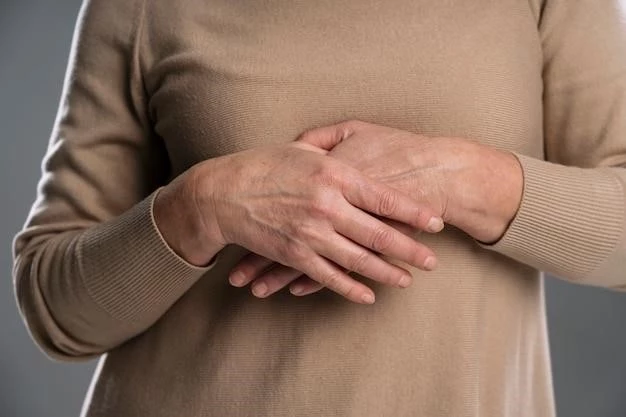Understanding Choledochal Cysts and Hand Malformations
Choledochal cyst⁚ Causes and Treatment
Choledochal cysts are generally congenital anomalies, with causes often linked to abnormal pancreaticobiliary duct junctions. Treatment typically involves surgical removal of the cyst to prevent complications such as infections, pancreatitis, and malignancy.
Surgical Intervention for Choledochal Cysts
Surgical intervention for choledochal cysts aims to remove the cyst and reconstruct the biliary system to restore proper drainage. The most common procedure is excision of the cyst and hepaticojejunostomy. Timely surgical intervention is crucial to prevent complications and ensure optimal outcomes.
Understanding Choledochal Cyst Complications
Complications of choledochal cysts can include cholangitis, pancreatitis, bile duct stones, biliary strictures, and an increased risk of cholangiocarcinoma. Early diagnosis and prompt treatment are essential to prevent these complications and improve patient outcomes.
Hand Malformations⁚ Types and Symptoms
Hand malformations can manifest in various types such as polydactyly, syndactyly, brachydactyly, and trigger finger. Symptoms may include abnormal finger positioning, limited mobility, and functional deficits. Proper classification and understanding of these malformations are essential for appropriate treatment planning.

Genetic Factors in Hand Malformation Development
Genetic factors play a significant role in the development of hand malformations. Mutations in specific genes can result in abnormalities during embryonic development, leading to conditions such as ectrodactyly or symbrachydactyly. Understanding the genetic basis of these malformations can help in both diagnosis and potential future treatment strategies.
Rehabilitative Approaches for Hand Malformations
Rehabilitative approaches for hand malformations often involve occupational therapy, physiotherapy, and assistive devices to improve hand function, enhance grip strength, and promote independence in daily activities. Customized rehabilitation programs tailored to individual needs play a crucial role in optimizing outcomes for individuals with hand malformations.
Surgical Correction of Hand Malformations
Surgical correction of hand malformations aims to improve hand function, aesthetics, and overall quality of life. Procedures may involve reconstructing bone, tendons, or ligaments, and in some cases, microsurgery techniques are utilized for intricate repairs. Successful surgical interventions can restore hand dexterity and enhance the patient’s ability to perform daily tasks with improved confidence.
Research Advances in Treating Hand Malformations
Ongoing research in hand malformations focuses on innovative techniques such as tissue engineering, gene therapy, and regenerative medicine to enhance treatment outcomes. Advances in 3D printing technology have also revolutionized the creation of personalized prosthetics and implants. Collaborative efforts between researchers and clinicians aim to further improve the management of complex hand deformities through cutting-edge solutions.
